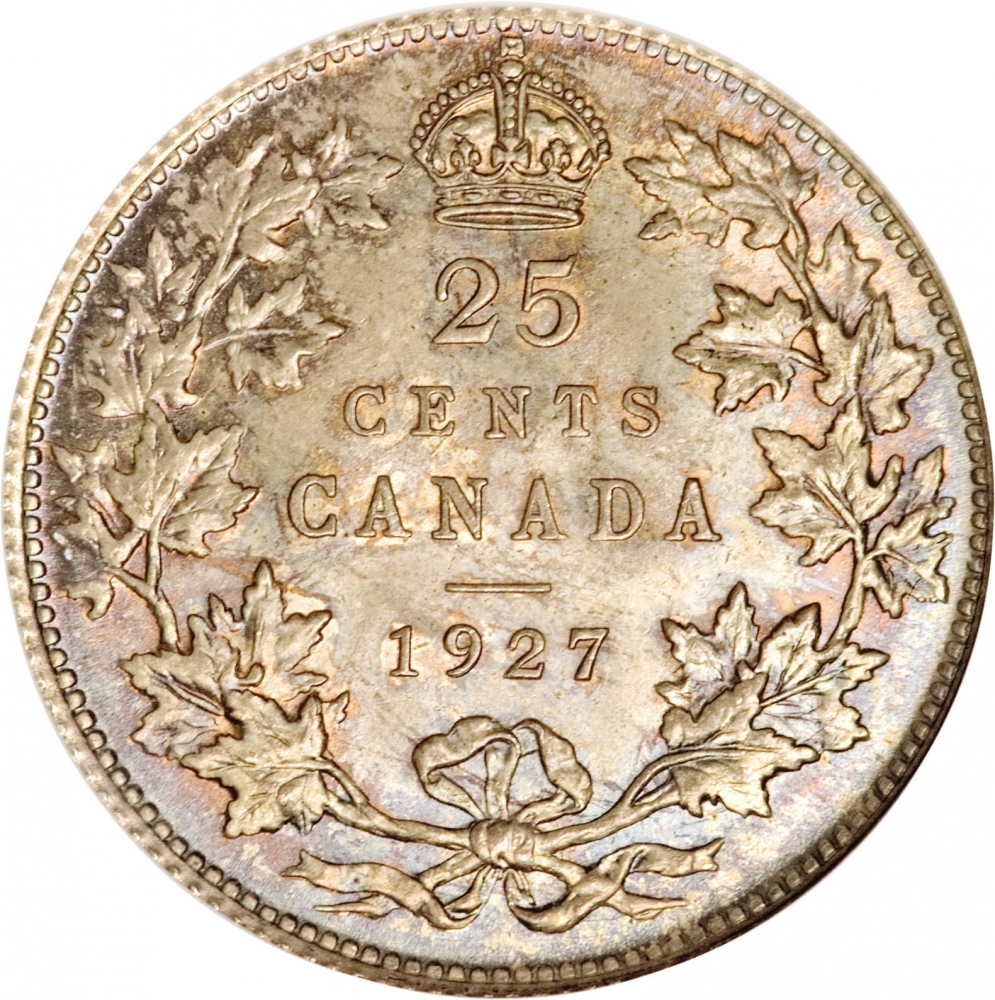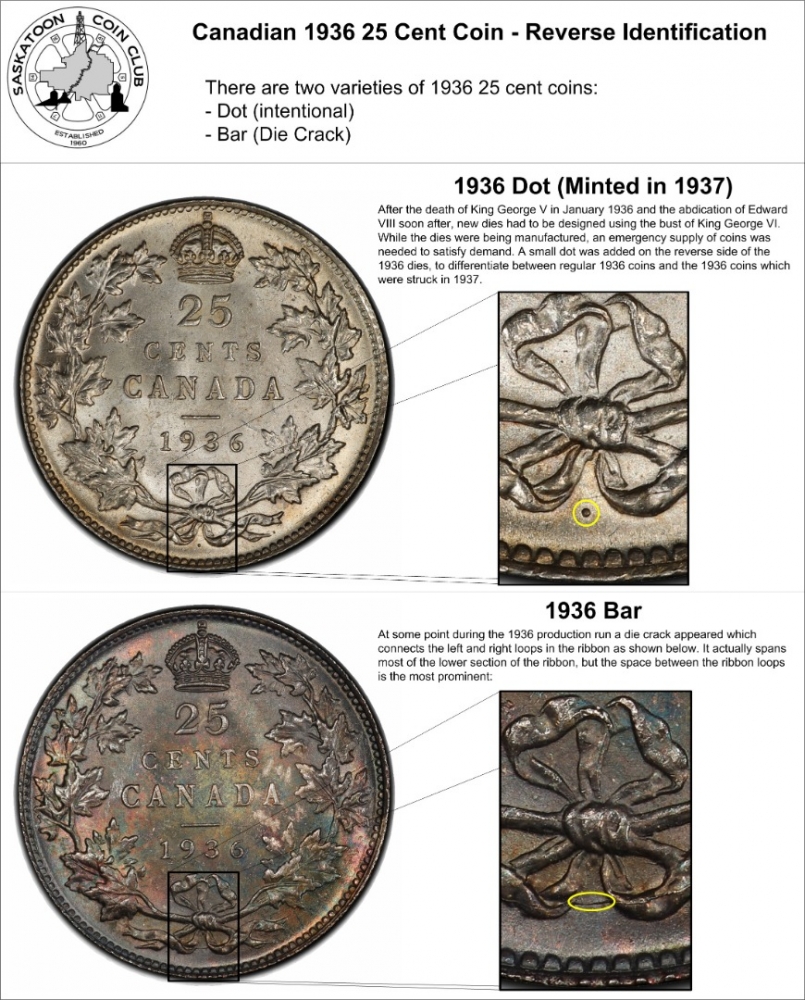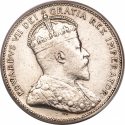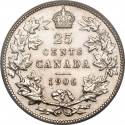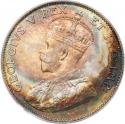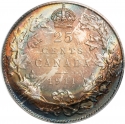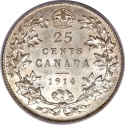You are about to finish your registration. Please check your mailbox (including spam folder). There should be a letter with a confirmation link. Check setting to make sure that your e-mail address is correct.
Send letter againDescription
George V (1865–1936) was King of the United Kingdom and the British Dominions, and Emperor of India, from 6 May 1910 until his death in 1936. He was the only Emperor of India to be present at his own Delhi Durbar. His reign saw the rise of socialism, communism, fascism, Irish republicanism, and the Indian independence movement, all of which radically changed the political landscape. In 1917, George became the first monarch of the House of Windsor, which he renamed from the House of Saxe-Coburg and Gotha as a result of anti-German public sentiment.
The background regarding the Dot issues (Cent, 10 Cents, and 25 Cents) relates to the passing of George V and the abdication of the throne by Edward VIII. It was commonplace for the bust of the king, in this case George V, to remain on coinage through the remainder of the calendar year, while the creation of dies for the new king was underway. However, Edward VIII's abdication on December 10, 1936 halted production of the obverse, leaving less than 30 days to decide how to handle the following year's currency, and not enough time to complete obverse dies for successor George VI. The result was to continue using the effigy of George V, but to add a dot on the reverse - either below the date, as it is on the 1936 Cent, or below the bow on the wreath as it is on the 10 and 25 Cents-to confirm the issuance was for 1937. Despite the shortage of these denominations, the Cent and 10 Cents were never released into circulation, with speculation that the whole of the mintages were melted.
Obverse

|
Crowned and robed bust of George V facing left; below bust in small lettering the artist's initials B.M. GEORGIVS V DEI GRA: REX ET IND:IMP: |
|---|---|
Reverse

|
The facial value, accompanied by the country name and date, surrounded by two maple boughs and the Tudor Crown on top. 25 |
| Edge |

